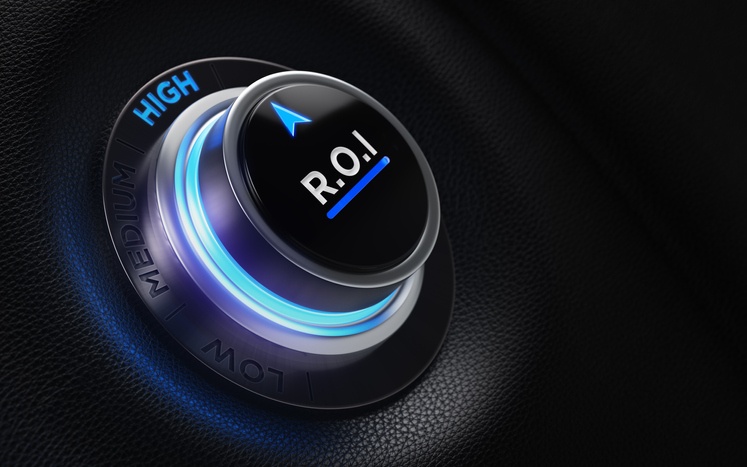It will come as no surprise to anyone who has experienced one of my efficiency-focused professional selling or financial analysis workshops that I recommend migrating the conversation away from Simple Payback Period (SPP) when discussing the merits of a proposed expense-reducing capital project.

Payback period tells you how long it will take to recoup your first cost, and there are actually several varieties of that calculation, some better than others. The most simple payback calculation doesn’t take into account time value of money or the potential for irregular cash flows over time, opting instead for an overly simplistic calculation that divides the first year savings into the first cost.
Some practitioners recognize the shortcomings of using only the first-year cash flow in the denominator, so they calculate “cumulative payback” – how many years’ cash flows would you need to capture before totally recouping your first cost.
The “least inadequate” payback period calculation uses a similar approach, except this time it uses discounted cash flows that take into account the fact that dollars are worth less the farther away from today they are received. It’s called “discounted payback.” Even this least offensive variety of payback is seriously lacking though. For example, it says nothing about how long the investment will actually continue producing savings beyond the payback period, nor does it take into account the actual value of those additional cash flows.
Another big problem with any of the above varieties of payback period is that most practitioners don’t remember to quantify and monetize the non-utility-cost financial benefits, opting instead to limit the calculation to the utility-cost financial benefits.
I remember hearing a story about a metal manufacturing shop that made aluminum windows and doors. They were interested in improving the lighting of the shop and the retrofit they were considering had a simple payback period of 4.2 years. (If you’ve ever tried to convince someone to approve a project with a payback period of more than four years, you would likely agree that it can be challenging). After the lighting retrofit was completed, some enterprising foreman realized that the shop’s aluminum scrap rate was trending about 25% lower than usual! Apparently, the higher lighting quality allowed their employees to see what they were cutting, drilling and screwing together into windows and doors! Once the value of the avoided metal scrap was added to utility cost savings, the payback of the investment was no longer 4.2 years – it was now 39 days! In this case, the non-utility-cost financial benefits (in the form of reduced scrap) far outweighed the utility cost benefits.
This little story offers no less than four take-aways:
- This is just one of many examples that demonstrate the importance of discovering, quantifying, and monetizing the non-utility-cost benefits… and the importance of working those non-utility-cost financial savings into any capital budgeting proposal.
- Don’t be surprised if the non-utility-cost financial benefits are many times larger than the more obvious utility-cost financial benefits (like lower utility bills, rebates and incentives).
- The salesperson who sold the original job never would have known about this unanticipated benefit of decreased scrap had he not followed up with the customer after the installation to ensure that the job had gone smoothly.
- Once you know that unanticipated benefits have been realized by your customer, you need to capture those data points so that they can be shared with your next prospect in a similar industry.







